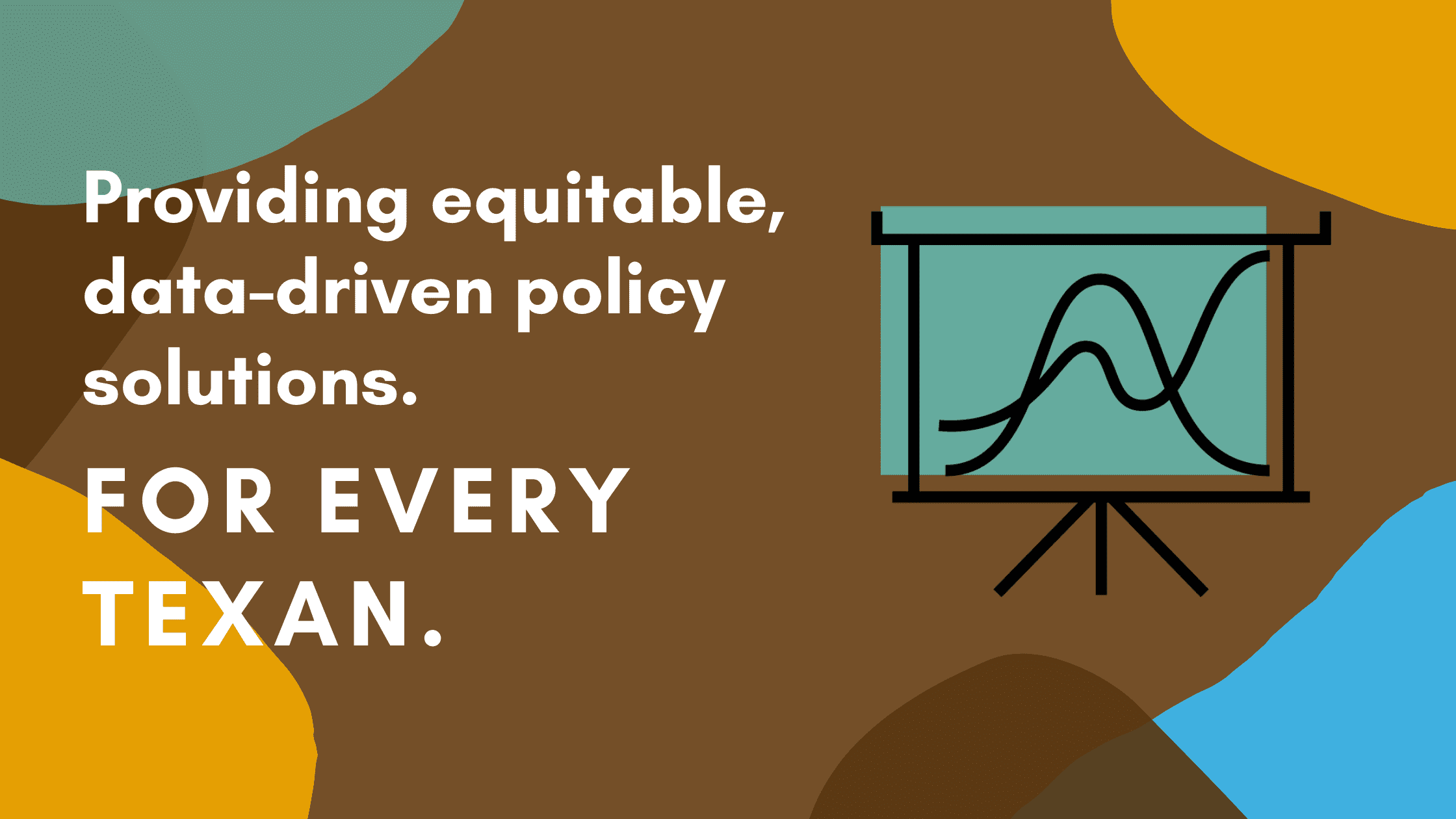School districts that accept funding from the American Rescue Plan Act (ARPA) are required to agree to keep students safe and maintain equity and fiscal effort. As parents, students, and educators have begun another school year during this ongoing pandemic, it is imperative that Texas and our school districts keep their promise of reopening schools with the safety of Texan students at the forefront of their agenda. Schools should also think carefully about how to ensure they are taking the right steps toward equitably expanding opportunities for students who have experienced trauma and loss of instructional time during this pandemic.
Texas was eligible for over $12.4 billion dollars in American Rescue Plan funding. Most of that funding (about 90% or $10.9 billion) was distributed to school districts based on how much Title I funding school districts received. The remaining funds went to education agencies to address interrupted learning for underserved students (5%), summer enrichment programming (1%), after-school programs (1%), and to cover administrative costs associated with responding to the pandemic (3%). There is also separate additional funding for services for children who are experiencing homelessness, broadband Internet and devices, Head Start programs, and more.
School districts have until October 2024 to spend their allocated funding and are not allowed to supplant other funding for schools or reduce staffing in high-poverty schools. If staffing is reduced at a high-poverty school, the amount cannot exceed the total number of staff reductions within the school district. So far, states have used their funds to assist with the return to in-person schooling, summer learning programs, and the expansion of after-school programs.
After over a year of unpredictability and instability, students need holistic support this upcoming school year. Some students have lost loved ones and guardians, spent several months away from friends and family members, and experienced fear from uncertainty. The dual pandemics of COVID-19 and systemic racism mean Black and brown students are also dealing with the burden of racism and political trauma. To serve all students well, our school districts and schools must be dedicated to implementing and maintaining effective practices with ARPA funding.
Suggestions and best practices for use of ARPA funding include:
- Establish safety protocols and precautions. Keeping students safe should be the number one priority of school leaders. Schools can supply personal protective equipment for students and staff, enforce contact tracing, and improve building ventilation — like HVAC upgrades. Although there are ongoing debates around mask mandates, schools must ensure that student safety is at the forefront of their agenda. When there are outbreaks due to the neglect of safety precautions, students miss valuable classroom instruction.
- Expand programming and/or create new programs. Start, or expand, before- and after-school programs and tutoring programs to provide additional academic support to students.
- Support students who are experiencing homelessness. Ensure that schools are offering resources to students who are experiencing homelessness and that all staff have a clear understanding of the services available to eligible students. It is important that school districts are mindful of discipline policies and virtual learning expectations for students who are experiencing homelessness.
- Invest in health resources and Social-Emotional Learning (SEL). Students need access to health services and mental health professionals, such as counselors and social workers. After being out of school for over a year, social-emotional learning practices and resources will assist in increasing positive behaviors, self-awareness, and academic achievement.
- Focus on racial equity policies. The realities and discussion of race are not going away. Our public schools consist of increasingly more Black and brown students. Schools and communities must come together to discuss racial inequities to develop equity-based policies and practices centered around hiring procedures, disciplinary practices, curriculum, and community engagement.
Educational leaders across Texas have the responsibility of keeping students safe and maintaining effort and equity as students are going back to school. ARPA funding for schools has the potential to ensure that all students have the resources they need to thrive.
